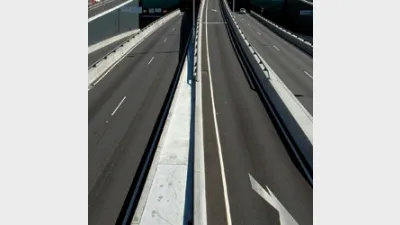ISN urges government to reform infrastructure investment



State Governments could encourage super fund investment in the nation's infrastructure projects through employing additional expertise in packaging deals to offer the market, according to a report by Industry Super Network (ISN).
The report — ‘Building Australia: Super investment initiative' — spelled out the issues preventing super funds from investing further funds into Australia's infrastructure assets.
Adjusting government policy settings could speed the take-up of retirement income streams through encouraging further super fund investment in infrastructure, according to ISN.
It said the availability of greenfields and brownfields projects for investment had been limited. ISN cited a reluctance to sell off existing public infrastructure to finance the construction of new assets as a particular "sticking point" in encouraging super fund infrastructure investment.
Earlier this month, Club Plus chief executive Paul Cahill echoed the same sentiment, saying State Governments needed to package infrastructure deals better in order to drive super fund investment. He said super funds had negative experiences with toll roads, but a lot of existing infrastructure was suitable to invest in if it became available.
ISN said Infrastructure Australia had now identified a pipeline of projects and was assessing alternative funding models to private/public partnerships — which had failed following the global financial crisis due to high bid costs and long lead times. However, government policy settings needed to be reworked to encourage further infrastructure investment.
ISN said an alternative financing mechanism existed for public sector greendfields investment if capital from brownfields projects, invested by super funds, could be effectively recycled.
It said the public had been worried about private infrastructure — a concern which could be resolved by placing important Australian infrastructure assets in the hands of industry super funds, because it made sense for super funds to manage assets in the same way as the public.
ISN said alternative bid arrangements should be explored and the bid process inverted so that tendering for the long-term owner, and finance and construction, were separate, to better align stakeholder interests.
ISN said it planned to invest $5 billion over the next five years, but if industry funds increased allocations by 5 per cent, that could blow out to $15 billion.
Recommended for you
Ethical super fund Australian Ethical has announced the appointment of Anthony Lane as chief operating officer.
The structural shift towards active ETFs will reshape the asset management industry, according to McKinsey, and financial advisers will be a key group for managers to focus their distribution.
ASIC has warned that practices across the $200 billion private credit market are inconsistent and, in some cases, require serious improvement.
A surge in electricity prices has driven the monthly Consumer Price Index to its highest level in a year, exceeding forecasts.










